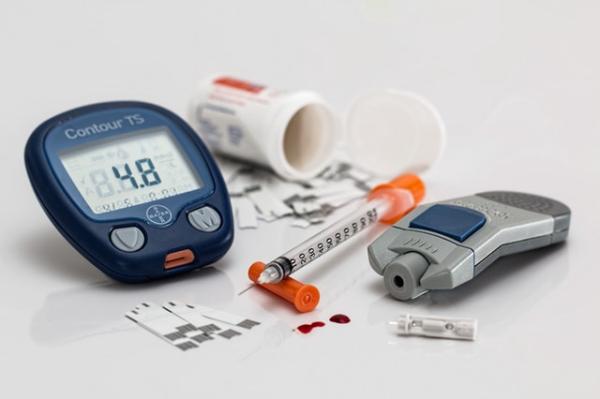Type 2 diabetes prevalence continues to increase, and despite over a century of study and treatment, the pathophysiology of this disease is incompletely understood. Some patients with diabetes are obese, others as thin as a rail, some run marathons, others put in the same time on the nearest couch. Over time in addition to fasting or provoked fasting glucose levels, we have a range of biomarkers, like insulin levels and HgA1c, that have been used to further categorize patients with diabetes into groups. A new genome study, using our friend, GWAS (genetic-wide association studies) has found five different genetic clusters, leading to five pathways to the phenotype we call diabetes.
The researchers began with 94 genetic variants previously associated with Type 2 diabetes and its biomarkers; additionally, they included variants for anthropomorphic changes, like body mass or the distribution of fat; as well as variants associated with various clinical outcomes, like coronary disease. They used what they described as a “soft clustering” where variants could become a participant in more than one grouping; they were not limited to being evaluated in just one way. This is a methodology based on the idea, that seems to be garnering more evidence, that each gene, except in rare instances, makes little contribution to a phenotype, that it takes a number of different genes to produce a change we can see. Think of it as it “taking a village.” So what villages did they find?
Using a number of genetic datasets [1] they identified five dominant pathways leading to increased risk of diabetes.
Two pathways related to insulin production and processing in the pancreas, by beta cells. One was associated with an increase in proinsulin, a precursor to insulin; the other associated with a decrease in proinsulin.
Three pathways related to mechanisms of insulins response; one with obesity, another termed the lipodystrophy cluster was consistent with that pear-shaped distribution of fat we equate with “insulin resistance,” and the third was a “liver/lipid” cluster involving the metabolism of fats in the liver.
In each case, the clusters “preferentially altered enhancers or promoters in specific cell types.” The different pathways effected not solely pancreatic cells, but fat and liver cells too.
Perhaps the most intriguing finding was that each cluster had differing clinical repercussions. The beta cell and lipodystrophy cluster were associated more with coronary artery disease. But only the beta cell cluster was associated with stroke; a condition often lumped in with coronary disease when studies assess patient’s cardiovascular outcomes. The lipodystrophy cluster was the only one related to hypertension. Finally, the liver/lipid cluster was associated with a form of renal insufficiency.
In correlating their genetic clusters with patients the researchers found that about 30% had a predominant grouping, think of them as the purest representation of the pathway. And indeed, these patients had much higher levels for the biomarkers and clinical alterations of that specific cluster – they were the “poster children,” with distinguishing traits. The remaining 70% of patients had a mixture of clusters.
This is the kind of information that can change our thinking. First, in identifying different pathways, it provides new targets of opportunity for treatment and at the same time helps suggest why some people “fail” standard therapy. You cannot hope to treat a problem of fat metabolism as in the liver/lipid cluster solely by managing glucose, other targets can and will be identified. Second, by fractionating Type 2 diabetes into let’s say Type 2 A through E, we may be better able to define a patient’s clinical risks and look more closely for those changes. We needn’t necessarily screen all patients with diabetes for stroke when we know that their genetics cluster towards lipodystrophy and not a proinsulin “causation.”
What I think the study does point towards is the “omnigenic” theory – that there is no single or even small number of genes “responsible” for “causing” a disease. Many, many genes contribute their small share to changes we ultimately recognize as a phenotype, in this case, type 2 diabetes. Genetic studies will help us to stratify the large phenotypes we treat into hopefully more clinically relevant and manageable groupings. Precision medicine is not going to be as precise as we might imagine, there will remain a fuzzy border that will yield in time to more and more variants, impacted by diet, exercise and the environment. The closer we look, the more there is to see.
[1] A Finnish study of metabolic syndromes in men, data on Ashkenazi Jews, the UK Biobank and the Partners Biobank (part of the Partners Healthcare hospitals in Massachusetts)
Source: Type 2 Diabetes genetic loci informed by multi-trait associations point to disease mechanisms and subtypes: A soft clustering analysis PLOS Medicine DOI: 10.1371/journal.pmed.1002654




